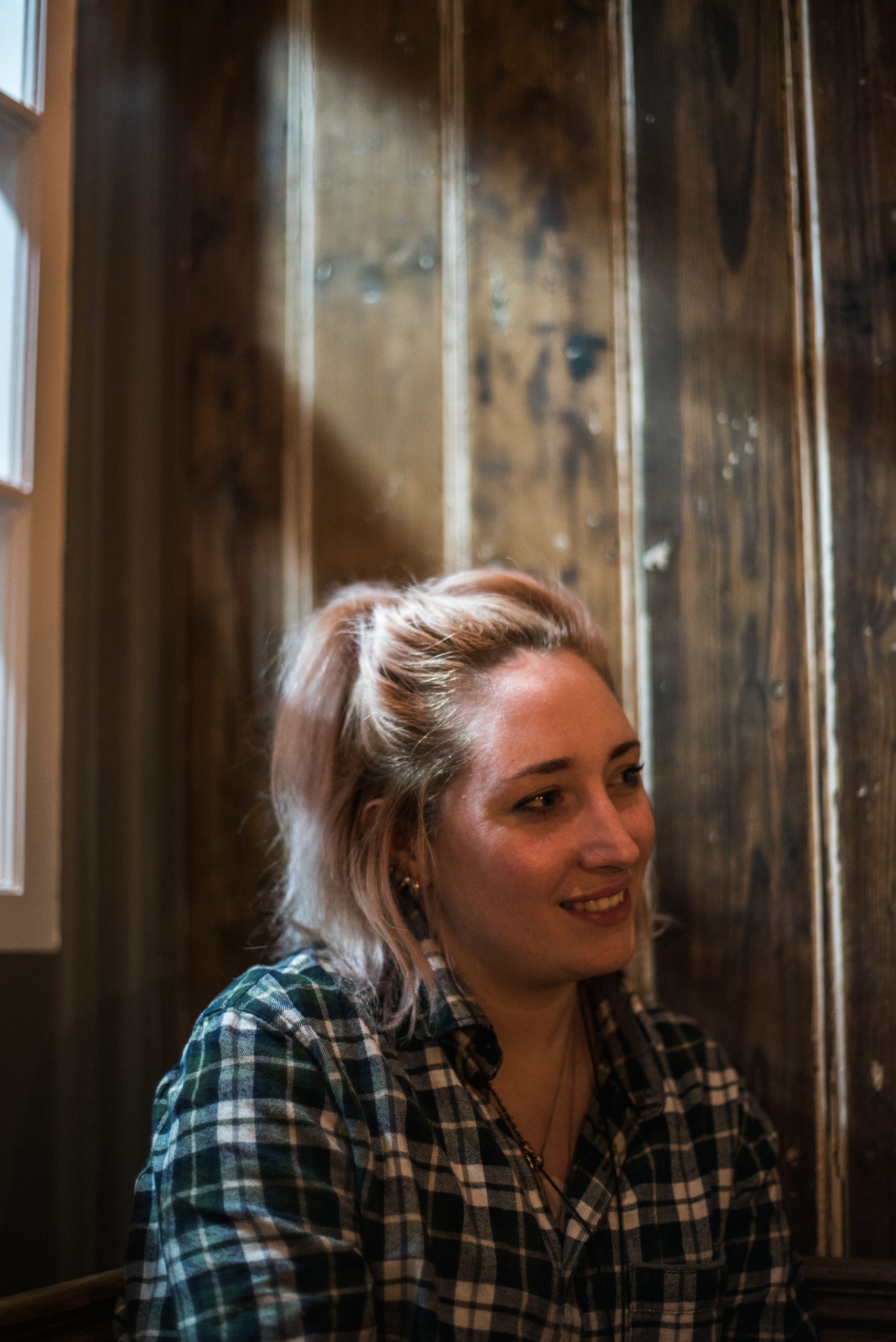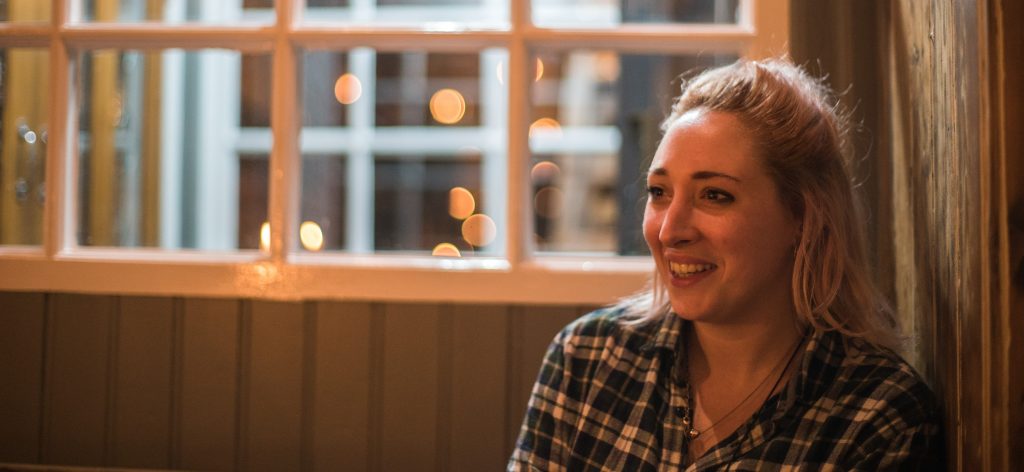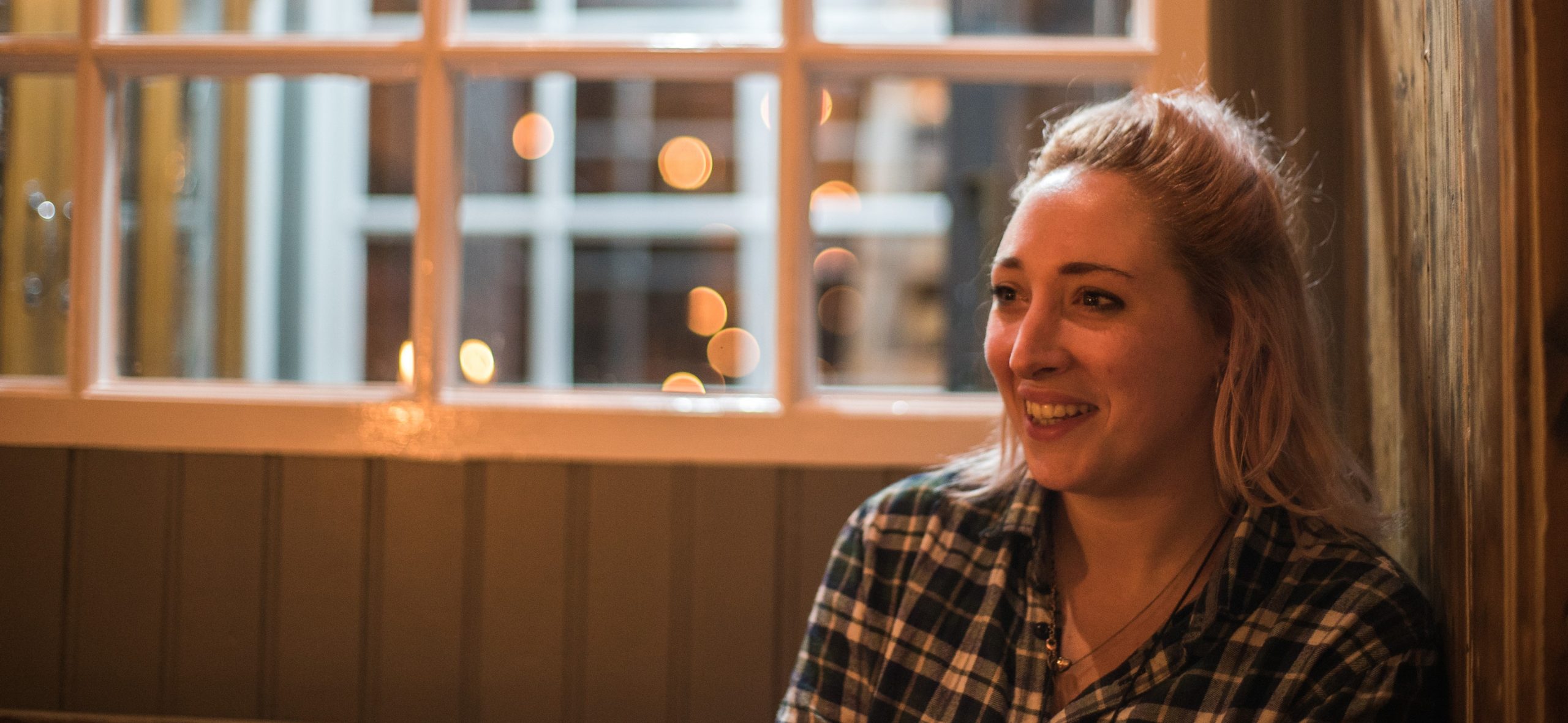An interview with Sara Dowling from ‘EVA International’ (Ireland)
Sara Dowling, artist and assistant curator in ‘Eva International’ (Ireland’s Biennial), describes herself as a social butterfly, and believes that co-creation has a lot to offer. In this conversation, an emerging artist and curator both shares her artistic and curatorial inspirations and interests and discusses the possibilities of co-creation and working in residencies.
You have started your career as an interdisciplinary artist, but soon became interested in the curatorial practice. Why and how did it happen?
I did begin as an artist, I was adamant to study art and graduated Limerick School of Art & Design (LSAD) in 2015, where I studied BA (Hons) in Sculpture and Combined Media from. I was then elected as a Student Union President for the 2015/16, when I began working on collaborative public projects, organising and curating large scale student-led exhibitions. The positive opportunistic outcomes of these shows were most interesting to me, all the while run on small self-fundraised budgets. Then as the first Irish International Artist-in-Residence with MUDHOUSE Residencies Crete, I was able to explore making artwork again, and since returning to Ireland, was awarded a scholarship for MA Practice-Based Research in Curatorial Studies at EVA International at LSAD. Additionally, I am working as a member of the International Selection Committee for ATHENA Standards Residencies, Athens, where my role involves encouraging and selecting the Irish applicants to this year’s Pilot programme.
I am a bit of a social butterfly, and in my spare time, I am still involved in many local festivals and group exhibitions: it is a constant juggle, but one I am very happy to manage! It is very interesting to be able to be an artist and a curator at the same time, especially working with emerging artists and other curators who are similarly working this way on Magic Carpets, and with whom I have already shared some really insightful conversations during our meetings.
What inspires you as an artist and as an art curator?
As an artist, I am very interested in the experiences of immersive social histories. I am fascinated with human behavior and the ways we as people interconnect or disconnect with each other or our environments. Primarily my work has been through performance or video installation, for its personal interactive appeal. As a curator, I am very interested in social activism, collective working ethics and communicative projects, which look at issues related to social engagement or integration of many working groups. I am also very interested in the opportunities of young creatives and recent graduates and how they can be expanded by working with local arts organizations.

This year, the 38th edition of ‘EVA International’ curated by Inti Guerrero will take place. As a curatorial assistant of the Biennial, could you tell us a little more about this edition, which reportedly will include some site-specific artworks?
The 38th edition of “EVA International” is proposed by its curator Inti Guerrero as a kaleidoscope of essayistic, retinal and bodily narratives of artistic presentation. It takes its starting point from the painting Night Candles are Burnt Out (1927) by Irish artist Seán Keating, conveying the Irish psyche at the construction of Ardnacrusha, a hydroelectric dam, built that same year on the border of County Limerick. A symbol of engineering of the early twentieth century, which has radically shifted the society of the new state, the painting depicts characters set against the backdrop of the construction site, whose lives are set to change by the dawning of a new era of technological progress. Curator Guerrero explains that, “in our current state of nationalisms, hard-borders, protectionism and a complete change of course in humanity, where the liberal belief of a ‘never again’ seems to be dismantling, the word ‘International’ suddenly carries an important weight worth embracing. Since its foundation in 1977 in Limerick, EVA has been a forerunner in understanding the world through art in a transnational, transcultural, international dialogue, presenting its contradictions, anxieties and possibilities.”
New commissions include works by Malala Andrialavidrazana (Madagascar/France), Sam Keogh (Ireland), and John Rainey (N. Ireland); large-scale installations by John Gerrard (Ireland/Austria) and Sanja Iveković (Croatia); works by modernist visionaries of the 1930s Mainie Jellett (Ireland) and Eileen Gray (Ireland/France); and the experimental approaches of artists from the late twentieth century, including Bruce Conner (USA) and Locky Morris (Ireland/N. Ireland). Guerrero thinks of the biennial as a “temporary museum”, where the past is reframed to enable a critical perspective on the present, for the public.
My role as Curatorial Scholar with “EVA International” for this edition involves constant direct conversation with EVA 2018’s artists, roles associated with student engagement as LSAD Student Liaison, event manager for several celebration and festival events, and a member of the public programme assistance team.
Artistic process is very often understood as something extremely individual. Meanwhile, Magic Carpets is all about co-creation and inclusion of the public. What opportunities, in your opinion, co-creation may open to both, artists and curators? And why is it important to engage with the audience?
As an artist, I can relate to the understanding that artistic process can be individual. However, in my experience, it has always been crucial to work alongside others and involve a group dynamic to my practice. I have been very lucky to have worked with very talented friends, fellow peers, other artists and arts organizations who have encouraged and developed my works with me over the years, and for which I am incredibly grateful.
This can offer huge opportunities, from working with a wide range of people, developing a sense of professional open-mindedness, engaging with collective social issues, sharing stories and cultural experiences, and, of course, offering a network of creatives working similarly and in an industry that can sometimes be so artistically individual.
Recently you have been the artist-in-residence in Crete, where you have carried out a few artistic projects based on the local history and people. What is it like to work in an unknown environment, trying to interpret the local discourse, keeping in mind that this is exactly what artists participating in Magic Carpets will do…
Hugely inspired by the narratives of the village life and encouraged by the spirit of Mudhouse community, whilst on residency, I produced a series of video interviews asking the village participants to share a personal rendition of local experience with me. Each invited me into their personal space and issued their chosen tale in their own mother tongue. The work was then narrated by the village author, monk and storyteller – who traded me his words, wisdom and participation for morning hikes, Greek coffee and the occasional Greek lesson. Together we created an eclectic collection to establish a new social history for the mountaintop villagers to share. Personally, I felt that this interconnectivity was a huge attribute towards making local discourse very natural, and I would hope that the Magic Carpets artists would also experience this.
It is daunting working in a new and unfamiliar environment but being culturally immersive is something that I think is so important, allowing you to learn so much about yourself and about new forms of creativity and expression. It is one of the reasons why I am delighted to be a part of Magic Carpets project in a curatorial capacity.

What does being a part of some sort of community, even if temporarily, mean to you?
Personally, it means everything, even on a very minimal level. The EVA team I work with provide me with a small working community, as do the peers from college I have maintained personal and working relationships with. Fellow artists always provide creative inspiration, and it is a great feeling to be part of something productively shared and so passionately driven. I strongly believe that if we were meant to be or work alone in this life, then there would only be one of us, and I have a natural aversion to loneliness! Personally, I would be very lost without some sort of an artistic community, and without my network of friends and family, and it is a big part of my own practice.
However, the great thing about Magic Carpets, is in its uniqueness to every country and organization participating, and the open-ness about any projects materialization. I anticipate seeing a wide range of integrative and individual artworks in many forms, and a cultural respect for both community and solely pursued methods of working. There is a strong sense of being supported irrespective of the preferred artistic way of working, and an encouraging support of the curators in return, which has been amazing.

